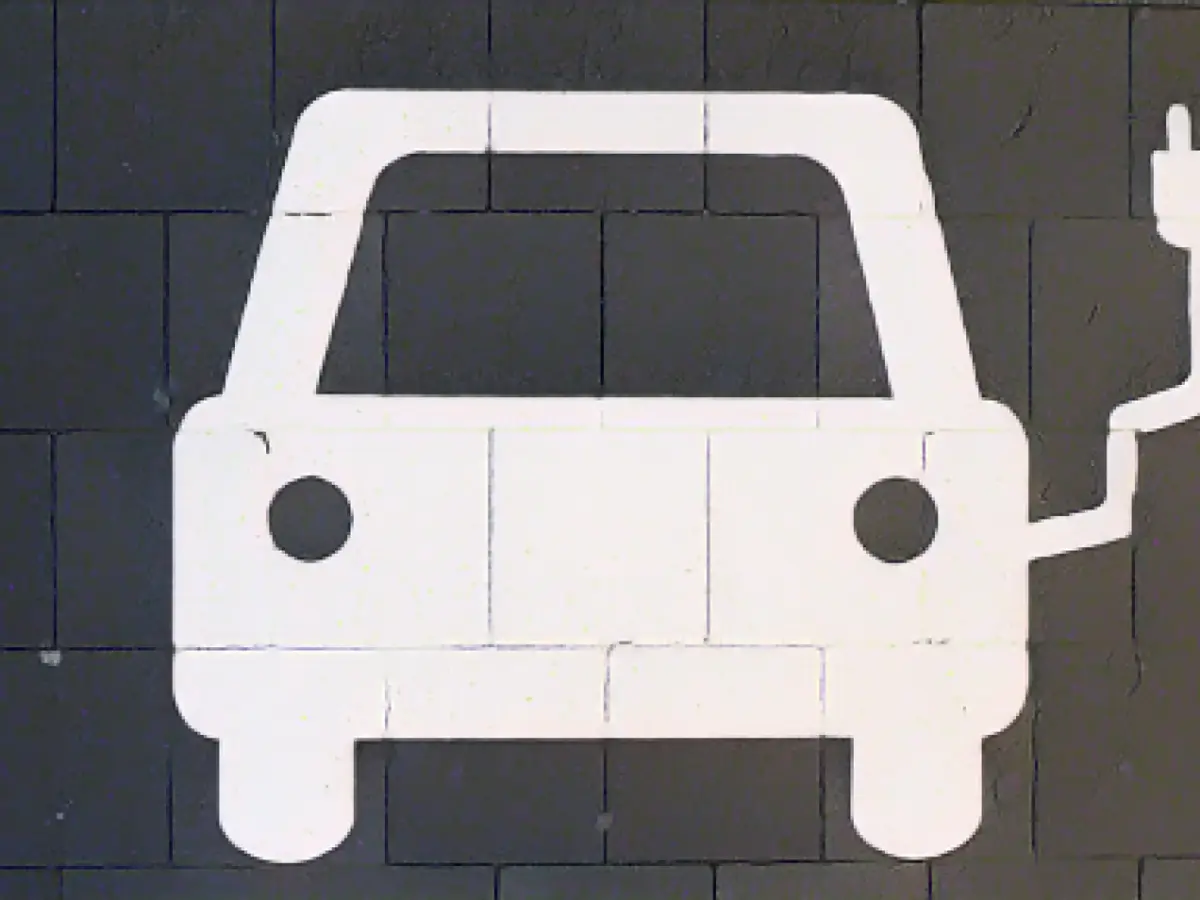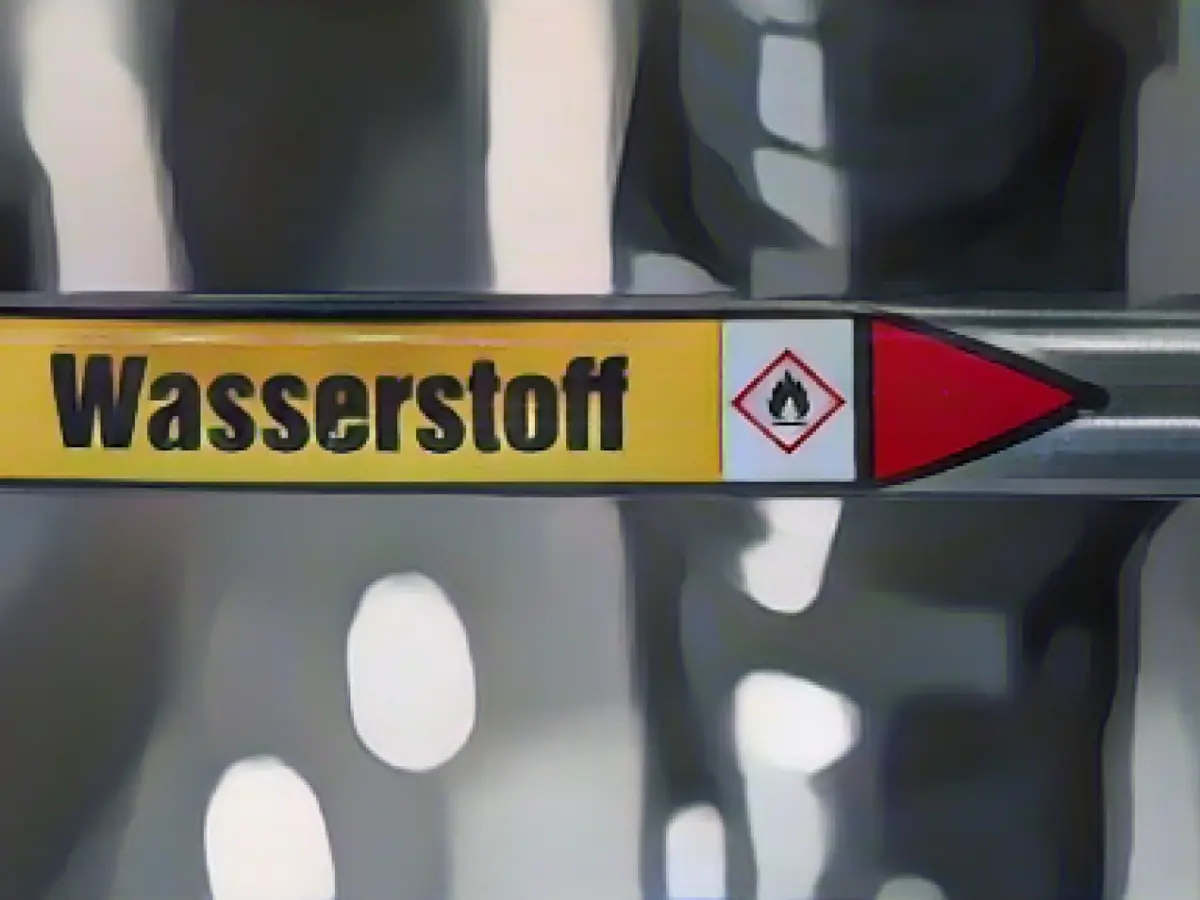Energy Transition Needs Skilled Workers, Rapidly
The German energy sector is in need of skilled workers to facilitate the transition to renewable energy sources, such as solar and wind power. According to a study presented by the German Economic Institute on behalf of the Bertelsmann Foundation, the demand for professionals in the solar and wind energy sectors has skyrocketed. In 2022, there were 52,000 job advertisements for the solar industry, and almost 15,000 for wind energy.
The demand for labor is particularly high in the solar sector. In fact, the first six months of 2023 saw a record number of job advertisements, with 36,000 postings. The wind energy sector saw an increase as well, but not as dramatic. In response, companies are pursuing various qualification efforts to meet the rising demand for skilled workers.
Plumbing, heating, and air conditioning technicians, construction electricians, and roofers are among the most sought-after professions in the renewable energy sector. Expertise in planning and constructing wind farms is also essential for the wind energy sector, as the process is more complex than solar panel installation.
Competition for skilled labor in the energy sector is fierce. The labor market for renewable energy is particularly focused on professions related to solar and wind power, driven by an increase in job advertisements within these sectors.
Key Challenges and Opportunities
The growth and recruitment of skilled workers in the renewable energy sector have remained relatively steady, partly due to the entrance of companies from the conventional electrical trade into the solar industry[6]. However, filling vacancies can take up to six months, as many orders must be postponed.
The need for greater standardization of skills and experiences is a pressing challenge in the solar sector. Many solar workers come from diverse backgrounds, such as electricians, plumbers, and roofers, which complicates defining the qualifications required for solar PV installers.
Several initiatives are aiming to address the skills gap and provide opportunities for career changers and unskilled workers, such as the "Ohne Hände keine Wende" industry initiative and EIT InnoEnergy’s European Solar Academy.
The wind power industry also faces challenges. With up to 40,000 jobs potentially lost since 2017 due to slow buildout and manufacturing capacity issues, government-backed initiatives are necessary to boost local manufacturing capacity, creating new opportunities for skilled workers in manufacturing, logistics, and supply chain management.
To better understand the current job market trends and challenges in the renewable energy sector, it's important to look closely at the specifics of both the solar and wind power industries.
Solar Energy Sector
Employment in the solar energy sector has grown significantly, with 154,000 jobs in 2023, contributing to approximately 370,000 jobs in the overall renewable energy sector that year. However, the rate of new job creation has slowed down, due in part to stagnating rooftop solar installations. The utility-scale sector has seen growth, but rooftop installations, which typically create more jobs, have experienced reduced growth rates.
Other challenges in the solar energy sector include a need for greater skill standardization and reskilling initiatives. Efforts like EIT InnoEnergy's European Solar Academy aim to transferable skills by reskilling 65,000 workers across two years.
Wind Energy Sector
The wind power industry in Germany employs around 130,000 workers, accounting for around 344,000 jobs in the overall renewable energy sector in 2021. Gains have been volatile, with up to 40,000 jobs potentially lost since 2017 due to slow buildout and manufacturing capacity issues.
Closing key facilities, like Nordex’s rotor production facility and Vestas’s turbine plant in former east German coal regions, has raised concerns about local manufacturing capacity. To address these challenges, government-backed initiatives focus on boosting local manufacturing capabilities in sectors like manufacturing, logistics, and supply chain management.
Addressing the Challenges
Effective strategies for addressing the challenges in both the solar and wind energy sectors involve targeted training programs, upskilling and reskilling initiatives, and exploring labor migration options, such as from countries like India.
The renewable energy sector's continued growth is crucial for Germany's transition to clean energy sources. Meeting the demand for skilled labor will remain a significant challenge, but initiatives like those mentioned above encourage hope that the German workforce will be ready to meet this challenge head-on.
Source: ; ; ; ; ;
[1] [); [2] [); [3] [); [4] [); [5] [)*








